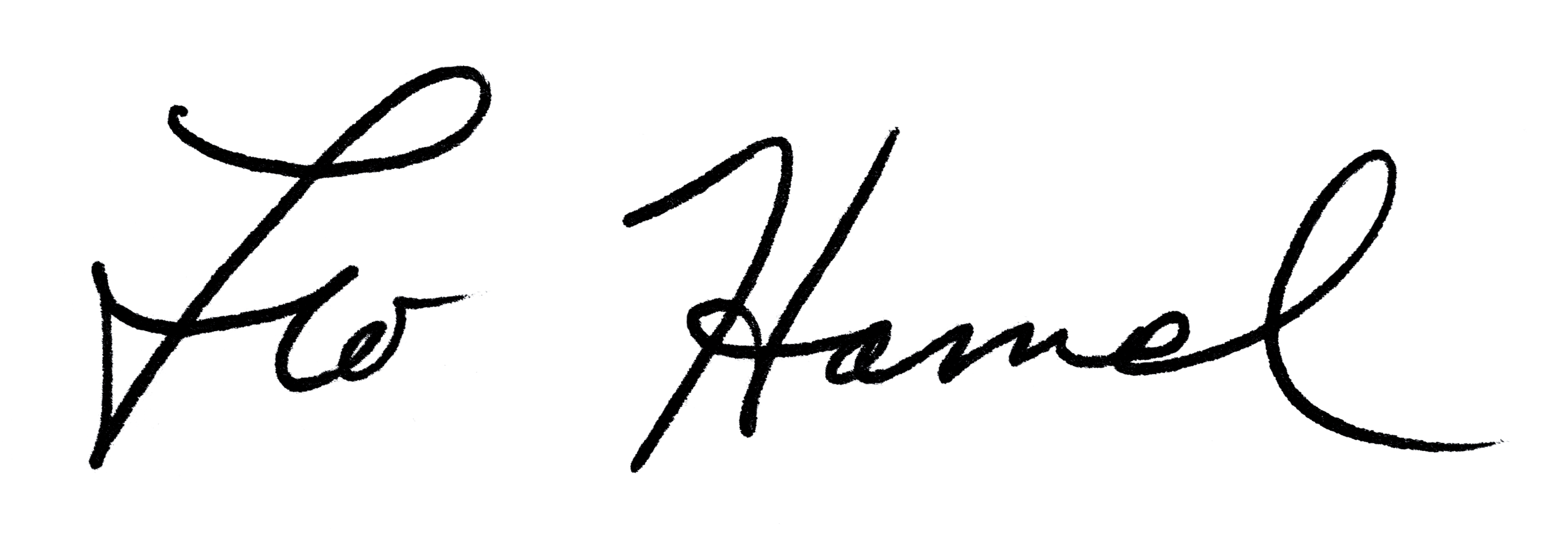
Leo Hamel Fine Jewelers Policy Letter
Take-in Procedure
Sometimes a buy customer comes in with an item to sell that needs further research and evaluation. When this happens, see if the customer will leave the item or items with you so we can find out what we can pay for it.
If the customer does not want to leave his or her items, then follow this procedure:
- Write up a complete description of the item.
- Get the customer’s name, phone number, and email address when possible.
- Take photos of the item as needed. Make sure to take clear photos of the entire item and close-ups of any markings or unique features.
- Email the photo and full description to an estate buy manager or dealer that can help you to determine the value.
- Follow up with the customer. If it is something that we would like to buy, get him or her to come back in to see us.
If the customer leaves the item then follow this procedure:
Identify the item.
- Document features, weights, measurements, and describe condition.
- Take one or more photos and attach to the paperwork. Photos must be clear and several should be taken if it is a large piece or has special markings.
- Ask the customer for its realistic insurance value.*
- Have the customer review the paperwork and sign that he or she agrees with the description and value as stated.
If item is to be sent down from a remote office, make sure to send an email to the Old Town Buy Manager to make sure the item was received and the customer contacted.
*Some effort must be made to ensure that the customer’s stated “value” is reasonable, especially if we do have some idea of the ballpark that it should be in if we are going to try to buy it. If the item were to get lost or stolen, we don’t want to be on the hook to pay out 10 times what it was actually worth on the market!
If we explain to the customer that it’s only a realistic insurance replacement value, and not what he or she would agree to sell it for, he or she may be okay with stating a different value than otherwise would have been dreamed up.
If someone is adamant that it be listed at what he or she paid for it or something like that, and it’s something that we really want to buy, then we can decide to use the higher value and take our chances.
Follow-up and Responsibility
The buyer who takes in the item will remain responsible for this process from start to finish. Just because you are moving to a different office, does not mean that you should not continue to follow-up with what it happening with the item. Log the item into the SmartSheet system so it can be tracked and follow up on it daily.
GUIDELINES FOR NOTING ITEMS
Important! Only note what is certain.
An accurate description is very important. Use the following guidelines to help you cover all necessary details to identify the exact item. Collectibles are unique and will require a critical eye.
Example: If we record an item as Victorian antique but our research determines it is a modern reproduction, the customer could accuse us of swapping the item. You can say “Victorian in appearance” or “Victorian-style” instead. Another example is that it’s better to say “red stone” than “ruby” if you are not 1000% certain that it’s a ruby.
Jewelry
- Type of piece (bracelet, ring, pin, etc)
- General description of look and detail
- Brand if any
- Number of stones
- Types of stones
- Cut of the stones
- Size (measurements) of the stones
- Types of metals
- Type of setting
- Any engraving
- Metal detail work if any
- Any serial #
Jewelry condition
- Chips in the stones
- Abrasions
- Loose stones
- Chips in the metal
- Missing stones
Watches
- Brand
- Men’s or ladies’ model
- Serial #
- The series and model#
- Complications (chronograph, chronometer, power reserve, etc.)
- Shape of case (round, tank, Tourneau, etc.)
- Type of crystal
- Type of bracelet and color/metal
- The color of the dial, including any specialty faces such as a mother-of-pearl
- Any engraving
- Whether the movement is automatic or quartz
- Whether or not it is perpetual
- Any stones on the bezel or the dial
- Any unusual features
- Paperwork and box if applicable
Again, if you are not 1000% certain that the watch is 100% genuine, you should say, “Rolex-style watch” or “watch with ‘Rolex’ stamped on the dial.” We can’t get into trouble by being too careful and noting only what we can actually observe to be true. Make no assumptions.
Watch condition
- Scratches on the watch
- Scratches or chips on the crystal
- Extra or missing links
- How it keeps time (if known)
- Any scratches or breakages in the band
- Any missing stones
- If the movement is running or not
- If the crown and/or bracelet and/or clasp work properly
Collectibles and swords
- Brand or maker (“stamped with” or “marked with” brand)
- Signatures or marks
- Identifying details
- Measurements
- Materials
- Condition
- Weight
The paperwork must specify that we are taking in the item for evaluation only and that we do not promise to buy it.
